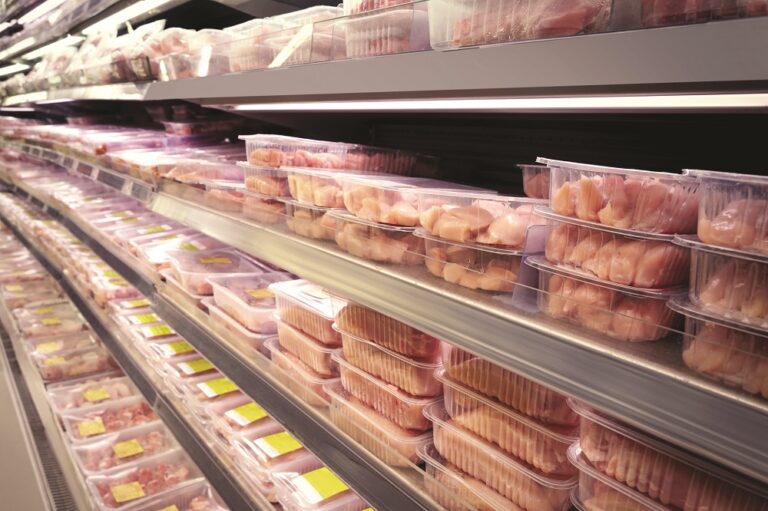Poultry producers must choose between targeting premium products at cash-rich consumers stuck at home or prioritising their value offerings for those feeling the financial strain of COVID-19, according to new research from Rabobank.
The report, COVID-19’s Impact on the Global Poultry Industry, says European poultry producers face a dual market trend in 2021 that divides consumers into two groups, as the duration of lockdowns in the UK and across the continent remains uncertain.
The first group is spending the money usually reserved for restaurants and other leisure activities in supermarkets and speciality stores, opting for premium poultry such as concepts like free range and organic chicken, duck and quail or value-added poultry products like cooked or marinated products and meals.
Meanwhile, consumers in the second group that have taken a financial hit due to COVID-19 are increasingly cost driven, avoiding high price poultry and opting for more value and frozen options.
In comparison to other animal proteins, such as beef and pork, a higher proportion of poultry businesses use the food services sector as a distribution channel, meaning producers are more exposed to the shift in consumer behaviour Rabobank has identified.
Poultry producers must choose to prioritise their premium or value retail offerings in markets where restaurant and hospitality venues are closed or operating under reduced opening hours due to lockdown restrictions.
Because the trend is linked to the stringency of government measures to stop the spread of Covid-19 and the economic impact of the pandemic, Rabobank’s analysts believe European markets, including the UK, will be acutely affected in the first half of 2021.
However, as the food services industry gradually reopens and the impact of the Covid-19 on consumers’ finances eases, demand for premium and value poultry products will become less binary and the segment’s growth will accelerate.
In Europe, Rabobank projects sales of poultry will grow by 15% over the next decade. Growth will be stronger in the UK, forecast at 20% over the same period.
Nan-Dirk Mulder, senior global specialist for animal protein at Rabobank, said: “Poultry producers face a difficult decision. To drive growth in 2021, they must choose to prioritise their premium or value offerings, as balancing both successfully can be challenging from a supply perspective.
“The dual market trend will continue to fluctuate and vary from country to country based on the impact of Covid-19. Producers with a mid-range offering and those that export to a diverse set of markets will be most affected.
“However, we are confident this trend will shift back as the progress of vaccine programmes in the UK and mainland Europe accelerate. Poultry is a popular option for both health and animal welfare conscious consumers, and we can expect the segment’s growth to outpace other animal proteins over the next decade.”


